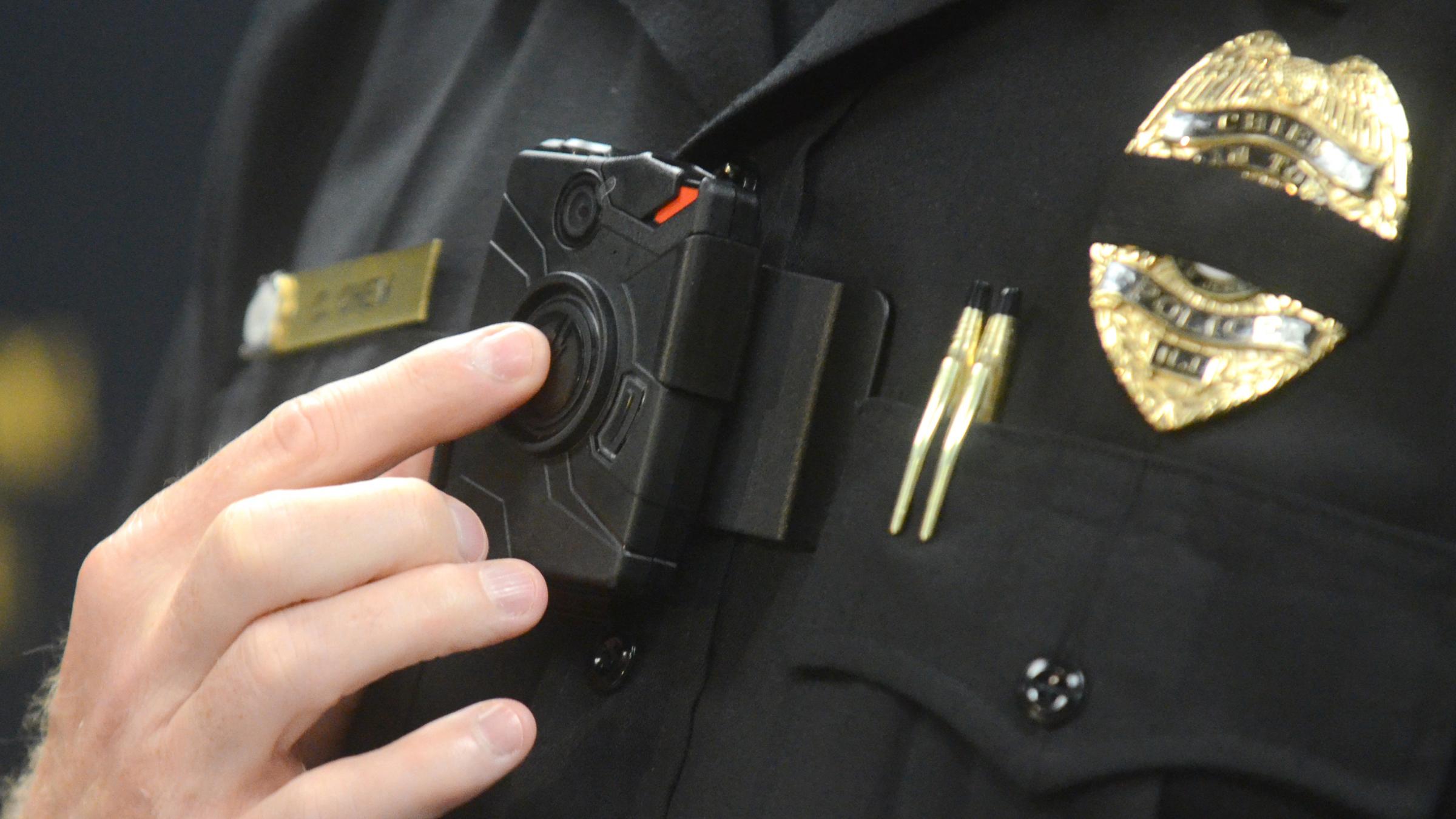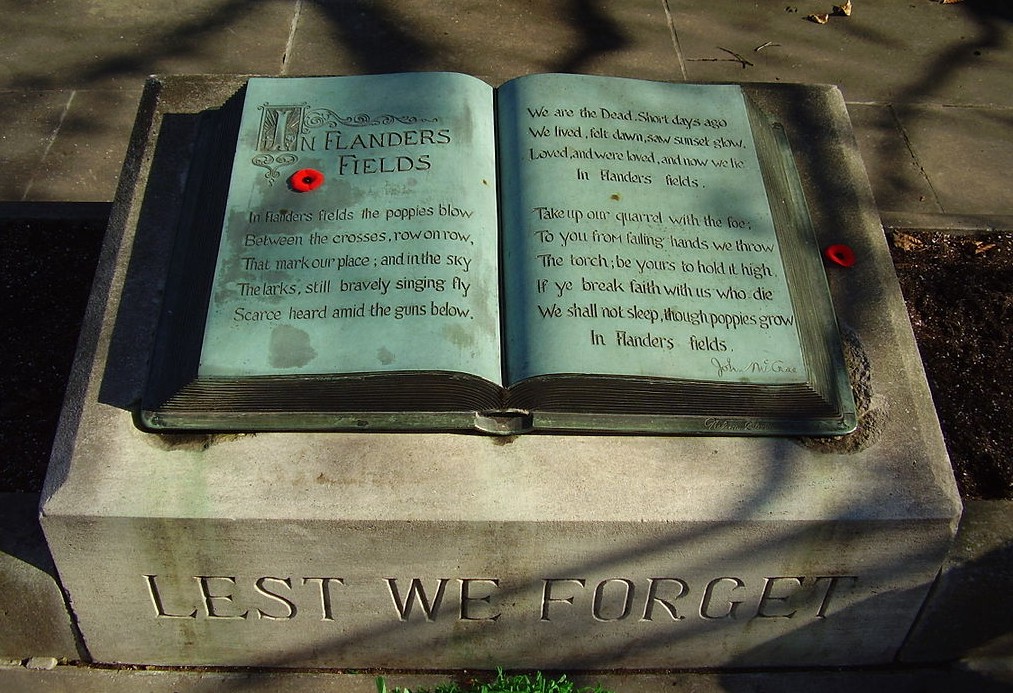NSW frontline police officers will be the first to receive body-worn video cameras as part of their regular uniform, eliminating any heresay when it comes to the use of brutal force against perpetrators of crime. Stephanie Stefanovic reports.
Earlier this year, Western Sydney woman Courtney Topic was shot dead by a police officer. Onlookers described the woman as confused, disoriented and wielding a knife. The police officer in question stated that Ms Topic had charged at him with the knife, forcing him to shoot her.
In a similar case, police officers gunned down Lake Macquarie postal worker Steve Hodge just yesterday. They also claimed that the man lunged at them with a knife, leaving them no other option but to shoot. Witnesses at the site however, disagree with this account of the event.
The shooting of Steve Hodge marks the fourth fatal shooting of an Australian citizen by police since the beginning of the year, and the seventh in the past nine months.
Reasons behind the seemingly increasing instances of police brutality could soon be made clear with the introduction of body-worn video cameras to the NSW police force.
From today onwards, police will wear video cameras on their uniforms in order to record incidents or events where visual and audio evidence will support an investigation.
“Body-worn video cameras have been hugely successful for police during trials and provide added protection for the community and police officers responding to crime,” said Deputy Premier Troy Grant.
“We want the community to be aware that over time, most police officers will be using these cameras to record interactions with the public and gather evidence – much like they would a notebook.
“Body-worn video cameras could also assist in domestic violence cases where victims may be vulnerable and reluctant to give evidence.”
The initiative’s sponsor, acting assistant commissioner Steve Cullen, said body-worn video cameras will be worn on the uniform in an overt manner, and where practical, officers will advise they are recording.
“While the cameras will be constantly viewing the officer’s point-of-view, the officer must initiate recording to actually capture footage in the memory of the camera,” he said.
“There will be a 30-second back capture of vision only, which can allow for the visual recording of an important piece of evidence.
“Officers have received training on the appropriate use of body-worn video, which includes the ethical and professional standards of the NSW Police Force,” he added.












